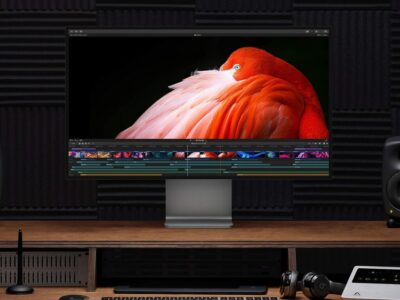Cinematography, the art and technology of motion-picture photography. It encompasses a wide range of elements that come together to create captivating and immersive visuals on the screen. In this article, we will explore the world of cinematography, and its importance in video production, and offer insights on how to embark on a journey to become a skilled filmmaker.

Understanding the Art of Cinematography
At its core, cinematography is the art of capturing and manipulating light to convey emotions, set the mood, and enhance the narrative of a story. It involves multiple factors, each playing a crucial role in creating visually striking and impactful scenes.
Lighting
Lighting is one of the most important components of cinematography. It involves the strategic placement of light sources to illuminate the subject and the environment. Proper lighting can enhance the atmosphere, create depth, and draw the viewer’s attention to specific elements within the frame.
Framing and Composition
The arrangement and positioning of elements within the frame are fundamental in cinematography. Framing determines what the audience sees and how they perceive the scene. Composition involves balance, symmetry, and visual flow within the frame, allowing for aesthetically pleasing and meaningful shots for the audience.
Camera Motion and Angles
Cinematography employs various camera movements and angles to enhance storytelling. Camera motion techniques like pans, tilts, dollies, and tracking shots add dynamism and guide the viewer’s attention. Camera angles, such as low, high, or Dutch angles, can convey different perspectives, emotions, and power dynamics. On of the masters of the power dynamic is the director Spike Lee.
Lens Choices and Depth of Field
In the digital age, cinematographers have the flexibility to explore various lens choices and control the depth of field to shape the visual narrative. Lens choices play a crucial role in determining the field of view and perspective of a shot. Different lenses can create unique visual effects, alter the sense of distance, and capture specific details. Additionally, depth of field control allows cinematographers to selectively focus on subjects while blurring the background, adding depth and directing the viewer’s attention to the intended focal point.
Color, Exposure, and Filtration
Cinematographers use color grading techniques to create mood, evoke emotions, and establish visual consistency. Exposure controls the brightness and darkness levels of the image. Filtration, such as the use of polarizers or diffusion filters, can add texture or alter the overall look.
Become a Filmmaker FREE eBook
In this Free 99 pages PDF file, you will find:
✔️ Camera Settings
✔️ Lighting
✔️ Directing
✔️ Post-Production
✔️ Website & online presence
✔️ and more

Becoming a Filmmaker
Embracing the Craft of Cinematography
If you aspire to become a filmmaker and dive into the world of cinematography, here are some key steps to get you started:
-
Educate Yourself: Study the art and craft of cinematography & filmmaking. Read books, listen to podcasts, buy classes & courses, watch films, and analyze the works of renowned cinematographers. Familiarize yourself with different techniques, equipment, and industry trends.
-
Hands-On Experience: Gain practical experience by shooting your projects. Start with small-scale productions, such as short films or documentaries, and experiment with different techniques. Learn to work with cameras, lighting equipment, and editing software. Even try acting so you can have the experience of how it is on set.
-
Collaborate with Others: Filmmaking is a collaborative art form. Seek opportunities to work with other aspiring filmmakers, such as directors, producers, and actors. Collaborative projects will help you understand the dynamics of a film set and the importance of effective communication. You can find collaborations on social media, and Facebook groups.
-
Networking: Attend film festivals, workshops, and industry events to connect with professionals in the field. Networking can open doors to mentorship opportunities, internships, or even job offers.
-
Continuous Learning: Stay updated with the latest advancements in technology and techniques. Cinematography is a constantly evolving field, and it’s essential to keep honing your skills and adapting to new trends.
Cinematography is the art of making motion pictures come alive through the lens. Mastering the craft requires a deep understanding of lighting, framing, composition, camera techniques, and other essential elements. By immersing yourself in the world of cinematography, continuously learning, and gaining practical experience, you can unlock the potential to become a skilled filmmaker. Embrace the art of cinematography, and let your visual storytelling skills shine on the screen.
Become a Filmmaker FREE eBook
In this Free 99 pages PDF file, you will find:
✔️ Camera Settings
✔️ Lighting
✔️ Directing
✔️ Post-Production
✔️ Website & online presence
✔️ and more


Video Editing Tips CapCut: Tips, Tricks, and Techniques
Video editing is an art, and there are proper tools and techniques, through them everybody… Read More »Video Editing Tips CapCut: Tips, Tricks, and Techniques

Factors to Consider Before Buying a Video Editing Computer
From helping grow your brand and business to editing just for fun with the love… Read More »Factors to Consider Before Buying a Video Editing Computer

Best Video Editing Monitors in 2024
In the evolving world of video production, the importance of a high-quality monitor cannot be… Read More »Best Video Editing Monitors in 2024